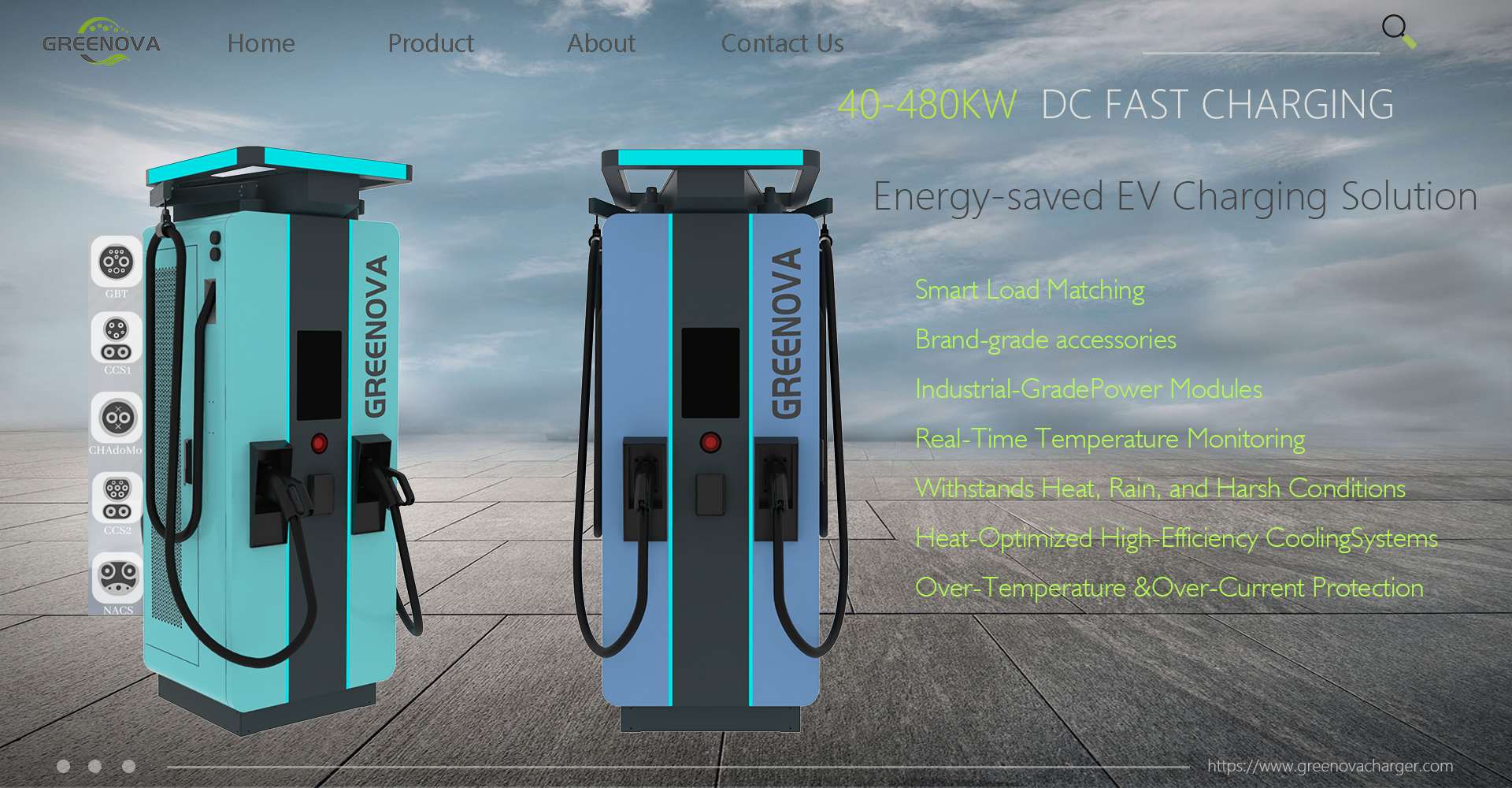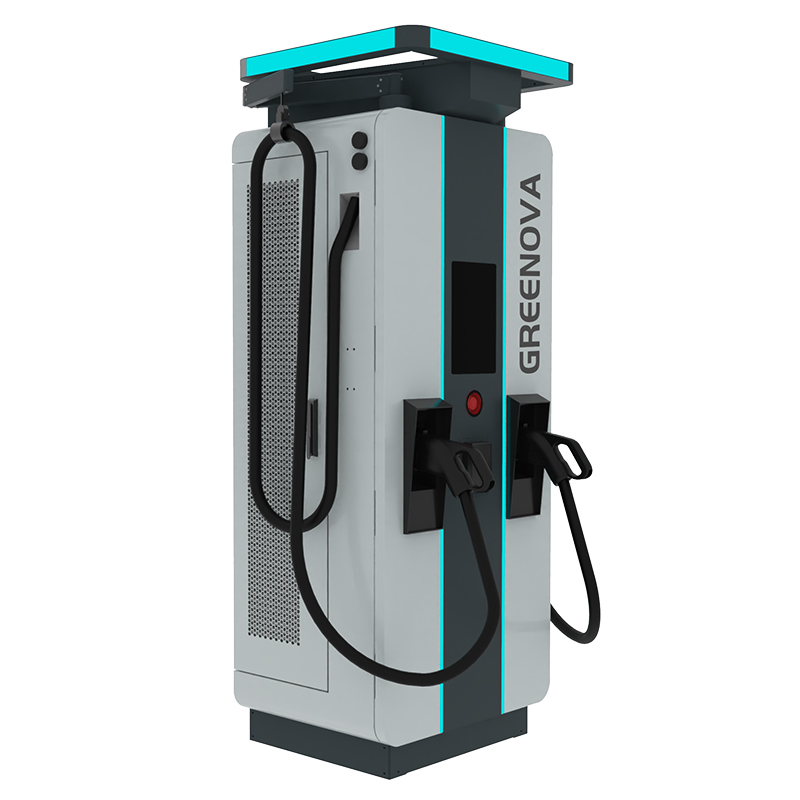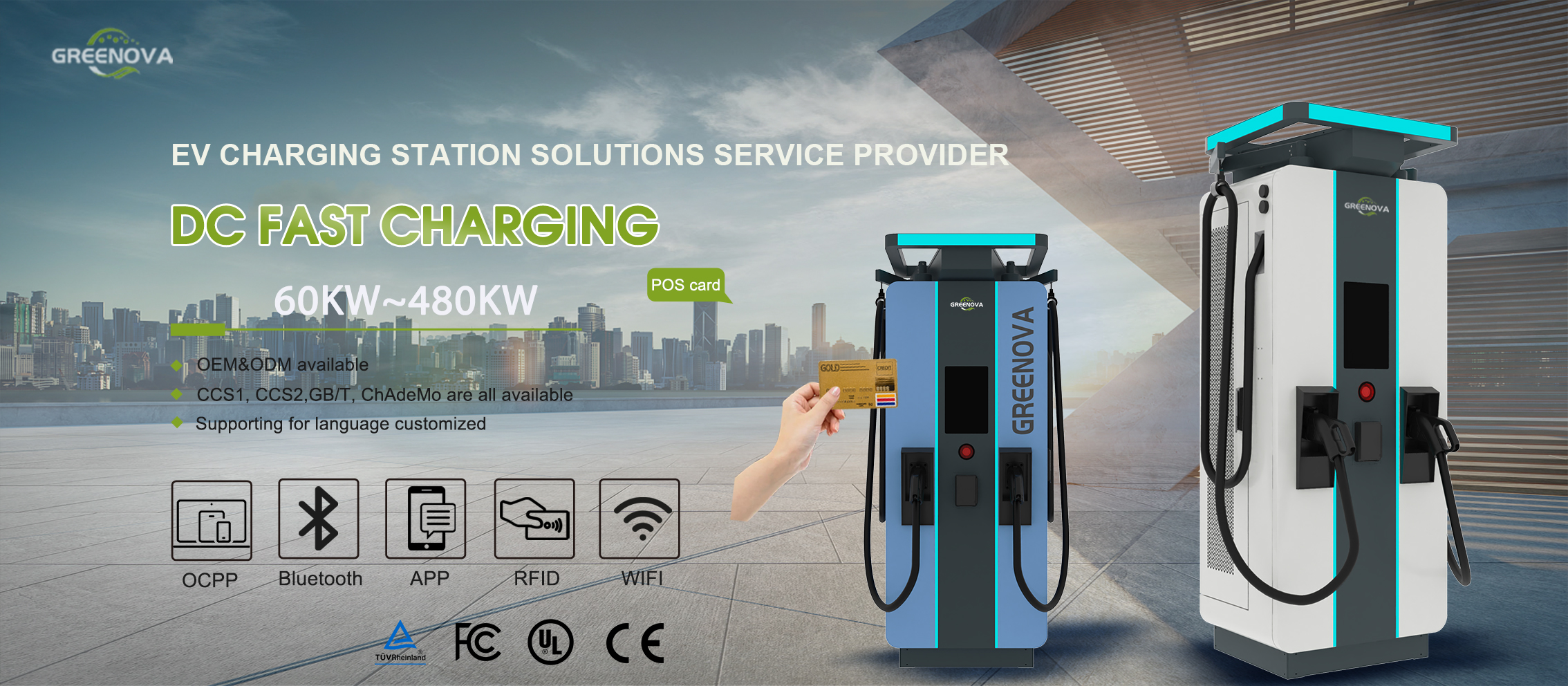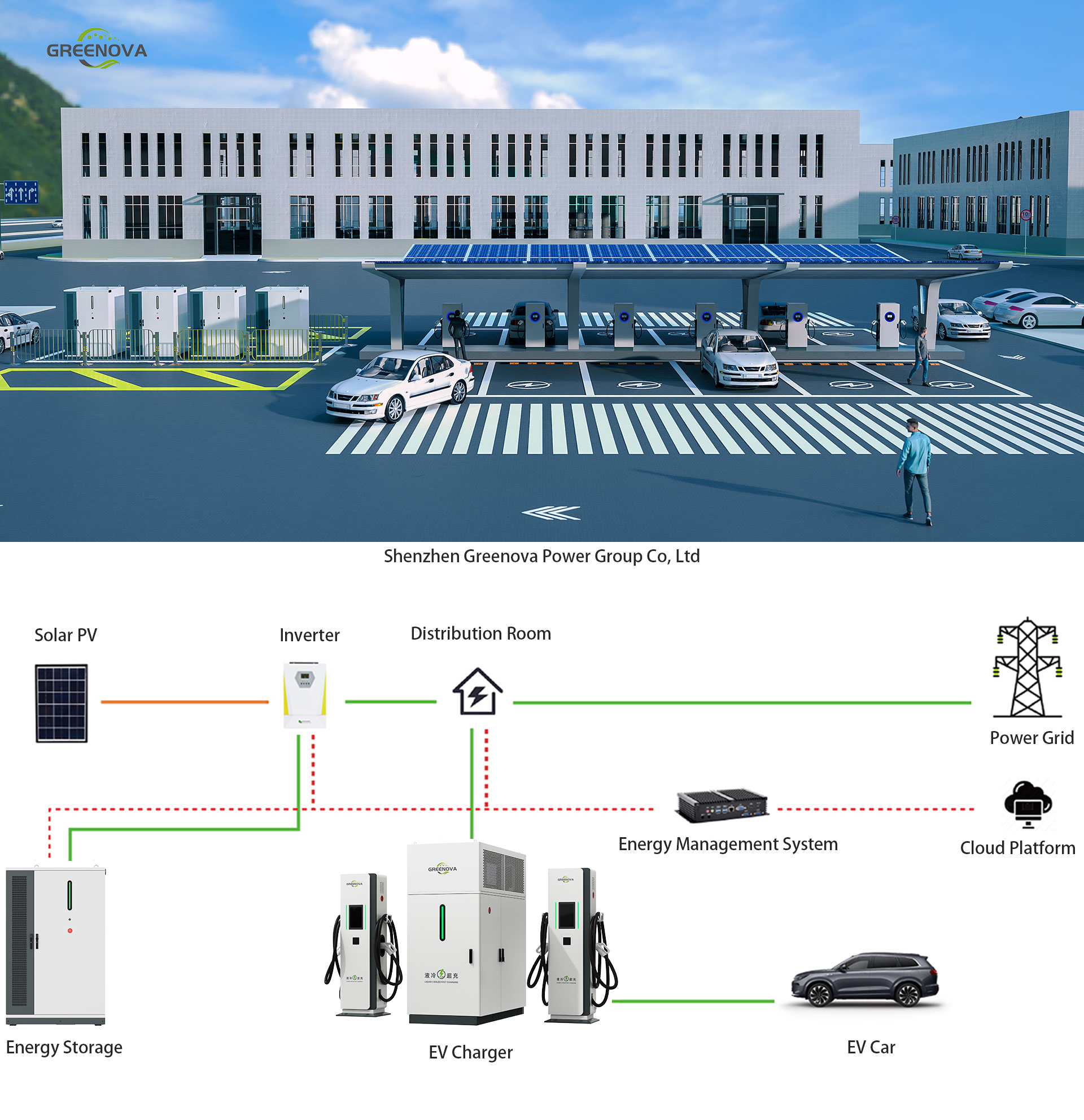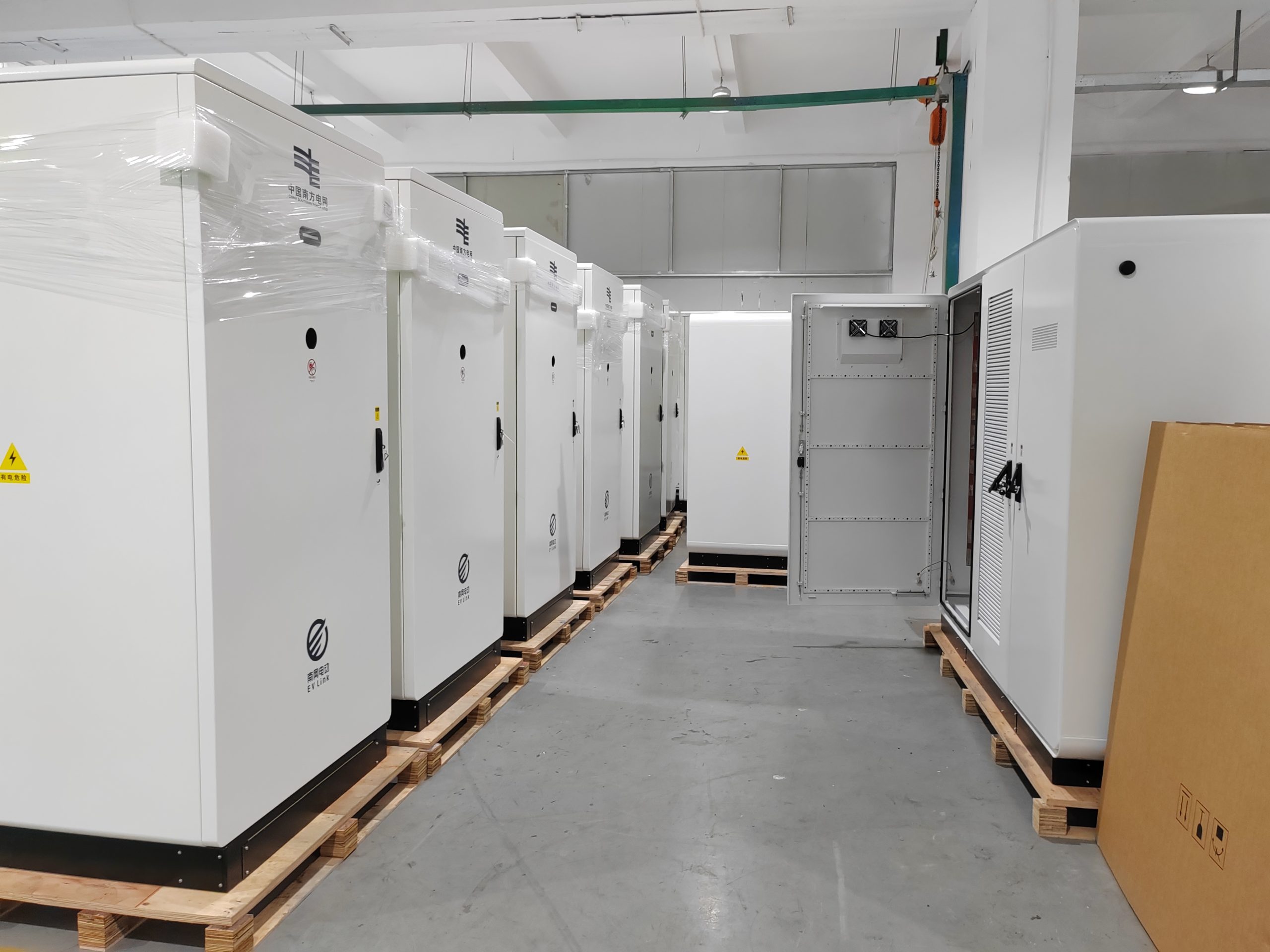With the rise in popularity of electric vehicles (EVs), understanding EV charging stations has become increasingly important. To help demystify the world of EV charging, we’ve compiled a list of frequently asked questions to guide you through the process.
1. What is an EV Charging Station?
An EV charging station is a point of energy replenishment for an electric vehicle, similar to a gas station for a traditional car. They come in various types, including:
- Level 1: Uses standard 120V outlets and is ideal for overnight charging.
- Level 2: Faster, usually 240V, suitable for homes, workplaces, and public locations.
- DC Fast Chargers: The fastest, ideal for long trips, providing rapid charging capabilities.
2. How Long Does It Take to Charge an Electric Car?
Charging time depends on the type of charger and the battery capacity of the vehicle:
- Level 1 Charger: Takes 8-12 hours for a full charge.
- Level 2 Charger: Usually takes 4-6 hours for a full charge.
- DC Fast Charger: Can charge up to 80% in about 30 minutes to 2 hours.
3. Are Charging Stations Available for All EV Models?
Most Level 1 and Level 2 chargers are compatible with all EV models. However, some fast chargers may require specific connectors or adapters. It’s advisable to check compatibility with your vehicle’s owner’s manual or charging station information.
4. How Do I Pay for Electric Vehicle Charging?
Payment options vary by station:
- Free Charging: Some stations offer free charging.
- Subscription-Based: Some networks require a subscription.
- Pay-As-You-Go: Payments can usually be made via mobile apps, charge cards, or credit cards.
5. Can I Charge My EV at Home?
Yes, you can charge your EV at home:
- Level 1 Charger: Plugs into a standard electrical outlet.
- Level 2 Charger: Requires professional installation and specialized circuitry for faster charging.
6. What is the Future of EV Charging Stations?
The future of EV charging is promising with advancements in:
- Solar Charging Stations: Utilizing renewable energy sources.
- Wireless Charging Technology: Enhancing convenience.
- Increased Infrastructure: Supporting the growing number of electric vehicles.
7. How Can I Find a Charging Station Near Me?
You can locate charging stations using:
- Mobile Apps: Many apps are available to find charging stations.
- Online Maps: Google Maps and other online tools.
- Vehicle Navigation Systems: Many EVs have built-in navigation that shows nearby charging stations.
8. Are EV Charging Stations Environmentally Friendly?
Yes, EV charging stations contribute to reducing greenhouse gas emissions by supporting the use of electric vehicles. Additionally, many charging stations are incorporating renewable energy sources like solar and wind.
9. What Are the Different Types of Charging Cables?
Charging cables come in two main types:
- Conductive Charging Cables: Plug into the charging port.
- Inductive Charging Pads: Enable wireless charging.
- The type of cable needed depends on your vehicle and the supported charging system.
10. What is OCPP?
OCPP stands for Open Charge Point Protocol, an open standard communication protocol designed for electric vehicle supply equipment (EVSE), commonly known as EV charging stations. It facilitates communication between charging stations and network management systems, ensuring efficient management and operation of charging infrastructure.
Conclusion
EV charging stations are an integral part of the electric vehicle ecosystem, providing the necessary energy for your vehicle. As technology evolves, charging is becoming faster, more convenient, and more accessible. By addressing these FAQs, we aim to equip EV drivers and future adopters with the knowledge to maximize their EV charging experience.
For more information or to explore EV charging solutions tailored to your needs, contact Greenovapower at sales@greenovapower.com. We are here to help you navigate the future of electric transportation.


